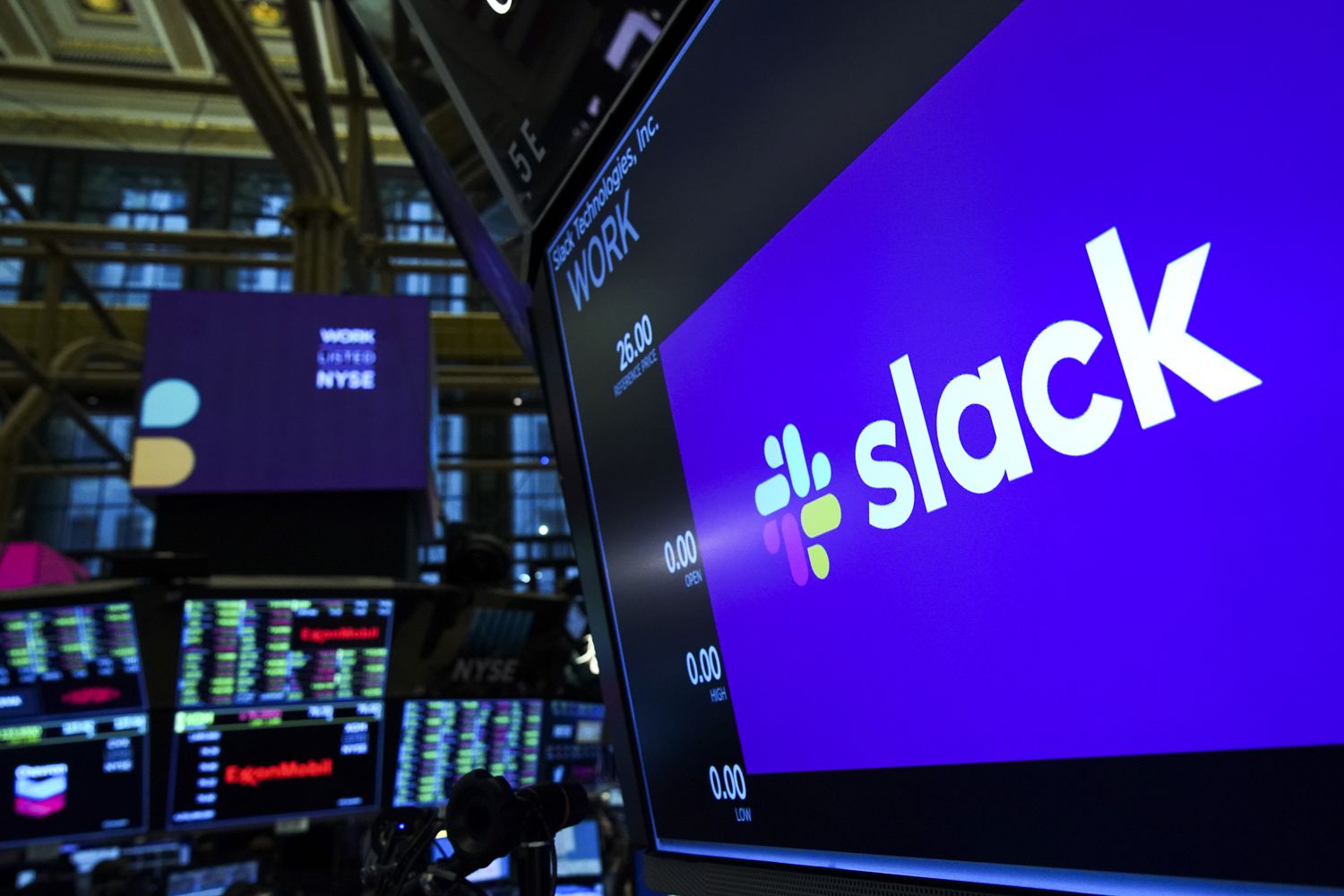By Megan Penick, Samuel Licker, and Sara Sarvestani
In the case of Slack Technologies, LLC v. Pirani, the Supreme Court unanimously ruled in favor of Slack, avoiding the distinction between Direct Listings and Initial Public Offerings when citing long-standing precedent concerning the application of Section 11 of the Securities Act of 1933. As a result of his failure to directly link his purchased shares to the 118 million shares registered in Slack’s registration statement, plaintiff Fiyyaz Pirani was denied legal standing in his claim that Slack’s Registration Statement had misled investors who purchased Slack shares following the Company’s June 2019 direct listing to sell its shares to the public on the New York Stock Exchange (NYSE).
What is a Direct Listing, and how does it differ from an IPO?
Direct listings differ from traditional initial public offerings (IPOs) in that no new shares are issued and, instead, only existing, outstanding shares are sold to the public without the involvement of an underwriter. In other words, a direct listing allows a company’s current investors, promoters and employees who already hold shares in the company to directly sell such shares to the public. However, like an IPO, companies offering shares through the direct listing process must still file a Registration Statement on Form S-1 with the SEC and, as a result, anyone who purchases shares once they are being sold in the market will rely on the disclosures in that registration statement.
Companies generally raise capital by going public. Traditionally, they do so through the IPO process, in which offerings are backed by underwriters or banks who put up their own capital and demand significant due diligence. IPO’s typically have “lockup agreements,” which prevent unregistered shares and shares owned by insiders from being sold immediately. These practices stabilize prices and boost investor confidence but are costly and time-consuming. To promote smaller private companies in going public, the SEC authorized direct listings in 2018.
What is Section 11 of the Securities Act?
Section 11 is a provision of the Securities Act that establishes civil liability for officers, directors, auditors and other experts signatory to registration statements, as well as underwriters, for material misstatements or omissions of material fact made in registration statements.
While it’s not directly stated in Section 11 of the Securities Act, case law has historically required plaintiffs to prove they have purchased securities “traceable” to the Registration Statement in order to successfully bring a civil action under Section 11 against the issuer, underwriter, or anyone who contributed to the filing of a Registration Statement for any misrepresentations in such filing. In other words, a plaintiff must be able to “trace” their purchase of securities directly to shares registered in the allegedly misleading Registration Statement.
The Slack Case
Slack’s direct listing made available for purchase 118 million registered shares and 165 million unregistered shares, none of which were subject to lock-up provisions (as is common practice in IPOs) and thus all of which were potentially available for public purchase on the open market. Pirani, a young tech entrepreneur, purchased 30,000 Slack shares as soon as the company went public, and later bought an additional 220,000 registered and unregistered shares. While Slack filed a Registration Statement for the registered shares it intended to offer, investors like Pirani, who purchased his shares on the open market, were not able to distinguish registered shares from unregistered shares in order to trace specific shares to Slack’s Registration Statement. Pirani’s case claimed that all Slack shares available to the public should be covered by the registration statement and therefore he had standing to sue. As a result, the disclosure set forth in the Registration Statement was arguably material to any purchaser of Slack shares during that initial period because Slack had no periodic disclosure filings other than the Registration Statement for a two and half month period following its Direct Listing between June 20, 2019 until September 4, 2019.
When Slack’s stock price dropped after the Direct Listing, in September 2019, Pirani filed a class-action lawsuit against the Slack under the Securities Act, alleging Slack had violated Section 11 of the Act by filing a fraudulent Registration Statement that contained material misrepresentations and/or omissions concerning service outages, credits for disrupted service and rival Microsoft Teams software. Slack unsuccessfully moved to dismiss on the grounds that Pirani could not fulfill Section 11’s tracing requirement. The district court held that Section 11 does not require tracing in the context of direct listings. On appeal, the Ninth Circuit affirmed, but on different reasoning, concluding that Section 11 does impose a tracing requirement applicable to direct listings, but because NYSE rules permit direct listings only if an effective Registration Statement is in place, unregistered shares qualify as “such securities” within the scope of Section 11.
In a unanimous decision authored by Justice Gorsuch, the Supreme Court vacated the Ninth Circuit’s ruling. The Court determined that the language and structure of the Securities Act confirmed the long-standing view that Section 11 covers only securities that are registered under the Registration Statement under which the plaintiff has sued, leaving any differentiation between IPOs and Direct Listings to be clarified through Congress. As such, Pirani was denied standing since he had not shown that he had purchased shares registered under the Registration Statement and the Ninth Circuit’s ruling was vacated. Curiously, the SEC did not weigh in on the case.
Why does the SCOTUS ruling matter?
- The Ninth Circuit’s decision threatened to substantially expand the scope of potential liability under Section 11 to unregistered shares if those shares had a “but for” connection to the challenged Registration Statement.
- The SCOTUS ruling eliminated that risk by clarifying that Section 11 liability does not extend to unregistered shares or shares sold pursuant to any Registration Statement other than the specific filing being challenged.
- The SCOTUS ruling reaffirms that Section 11 requires a plaintiff to plead and prove that the purchased securities are traceable to the challenged Registration Statement.
The Bottom Line
For now, the Supreme Court’s decision in Slack returns a sense of continuity to securities markets and the SEC regime. However, in the world of public offerings, the SCOTUS ruling may incentivize more companies to opt for direct listings over IPOs, given that direct listings minimize costs and delays. These companies would be well advised to heed Megan J. Penick’s, M&R partner and Public Securities Chair, advice in a recent interview with the National Law Journal about the SCOTUS decision. Put simply, Penick reminds companies that full disclosure is always the best legal advice.
This blog post is not offered, and should not be relied on, as legal advice. You should consult an attorney for advice in specific situations.

